Table of content
In the realm of culinary innovation, few combinations are as unexpectedly delightful as the fusion of tender lamb and the tangy sweetness of sour plums. This dish, often referred to as “Chilled Lamb with Sour Plum Sauce,” is a testament to the art of balancing flavors and textures, offering a respite from summer heat while satisfying the palate with its rich, layered taste. Rooted in traditional Chinese cooking techniques but adapted for modern kitchens, this recipe marries the earthy umami of lamb with the bright acidity of fermented plums, resulting in a dish that is both refreshing and deeply satisfying. Below, we explore the history, preparation, and cultural significance of this unique culinary creation.
The Origins of Sour Plum and Lamb Pairing
The use of sour plums in cooking dates back centuries in Chinese cuisine, where their tartness was prized for its ability to cut through rich, fatty meats. Lamb, a protein historically associated with festive occasions and cold-weather feasts, found an unexpected ally in the sour plum’s zesty profile. This pairing was particularly popular in northern regions of China, where lamb is a staple and summer temperatures can be sweltering. By chilling the cooked lamb and serving it with a cold plum sauce, cooks devised a clever way to transform a hearty winter dish into a refreshing summer delight.
The dish’s modern revival can be attributed to chefs seeking to reinterpret classic flavors for contemporary audiences. By emphasizing texture contrasts—such as the tender lamb against the crunch of fresh herbs or the silky plum sauce—and balancing acidity with subtle sweetness, this recipe has become a favorite at upscale restaurants and home kitchens alike.
Ingredients: A Symphony of Flavors
To recreate this dish authentically, one must source high-quality ingredients that respect the delicate balance between meat and fruit. Below is a detailed list of components, each chosen for its role in elevating the final dish:
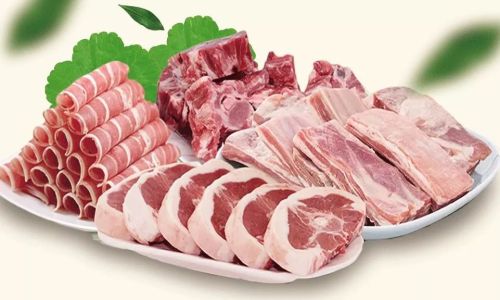
For the Lamb:
- 5 kg lamb shoulder or leg: Opt for meat with a moderate fat cap to ensure tenderness without excessive greasiness.
- 8 cups water (for boiling)
- 4 slices fresh ginger: To mellow the lamb’s gaminess.
- 3 star anise pods: Adds a subtle warmth.
- 1 cinnamon stick: Enhances the dish’s aromatic depth.
- 1 tbsp Sichuan peppercorns (optional): For a mild tingling sensation.
- 1/4 cup Shaoxing wine: A rice wine that tenderizes the meat and imparts complexity.
For the Sour Plum Sauce:
- 12 dried sour plums (prunus mume): The star ingredient, available at Asian grocers or online.
- 1/2 cup rock sugar (or granulated sugar): Balances the plums’ tartness.
- 1/4 cup light soy sauce: For savory undertones.
- 1/4 cup Chinese black vinegar: Adds a mellow acidity.
- 1 tbsp fresh ginger juice: Extracted by grating ginger and squeezing the pulp.
- 2 garlic cloves, minced: For aromatic punch.
- 1 red chili, deseeded and finely chopped (optional): For a hint of heat.
For Garnish and Accompaniments:
- 1/2 cup fresh cilantro leaves: Provides a bright, herbal note.
- 1/4 cup thinly sliced scallions: Adds a mild oniony freshness.
- 1 cucumber, julienned: For crunch and visual appeal.
- 1 tbsp toasted sesame seeds: Enhances texture and nuttiness.
- Ice cubes: For chilling the serving platter.
The Cooking Process: Precision Meets Patience
Preparing the Lamb
The key to tender lamb lies in slow cooking and meticulous temperature control. Begin by rinsing the meat under cold water to remove excess blood. In a large pot, combine water, ginger, star anise, cinnamon, Sichuan peppercorns (if using), and Shaoxing wine. Bring to a boil, then reduce to a simmer. Submerge the lamb, ensuring it is fully covered by liquid. Simmer gently for 90 minutes, skimming off impurities periodically. Avoid boiling vigorously, as this will toughen the meat.
Once cooked, transfer the lamb to an ice bath for 10 minutes. This step, known as “shocking,” halts the cooking process and firms up the meat, making it easier to slice thinly later.
Crafting the Sour Plum Sauce
While the lamb cooks, prepare the sauce. In a saucepan, combine dried plums, rock sugar, soy sauce, black vinegar, ginger juice, garlic, and chili (if using). Add 1 cup of water and simmer over low heat for 25 minutes, stirring occasionally. The plums will soften, releasing their tart essence. Using a fork or potato masher, gently crush the plums to thicken the sauce. Strain through a fine-mesh sieve to remove solids, pressing firmly to extract maximum flavor. Allow the sauce to cool completely before refrigerating.
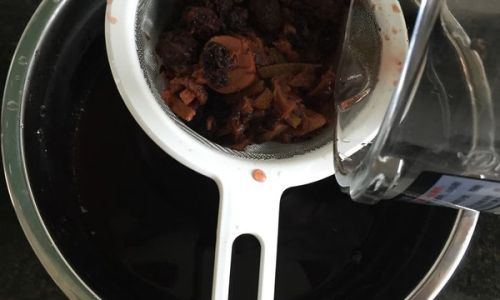
Assembly and Presentation
The dish’s visual appeal is as crucial as its taste. Slice the chilled lamb into thin, translucent pieces—a sharp knife and steady hand are essential here. Arrange the meat on a platter lined with ice cubes to maintain its chill. Drizzle generously with the sour plum sauce, ensuring every slice is coated. Scatter cilantro, scallions, cucumber, and sesame seeds over the top. The contrast between the lamb’s pale pink hue, the sauce’s deep amber, and the vibrant green herbs creates a dish that is as pleasing to the eye as it is to the palate.
The Science of Flavor Balance
What elevates this dish from mere recipe to culinary art is its meticulous attention to flavor dynamics. The sour plum sauce serves multiple purposes: its acidity cuts through the lamb’s richness, while its natural sugars caramelize during cooking, adding depth. The interplay between the meat’s umami, the sauce’s tang, and the fresh herbs’ brightness creates a harmony that lingers on the tongue.
Chefs often adjust the sauce’s sweetness-to-sourness ratio based on the plums’ ripeness. Overly tart plums may require additional sugar, while sweeter ones benefit from extra vinegar. Tasting and tweaking are encouraged—culinary creativity thrives within these boundaries.
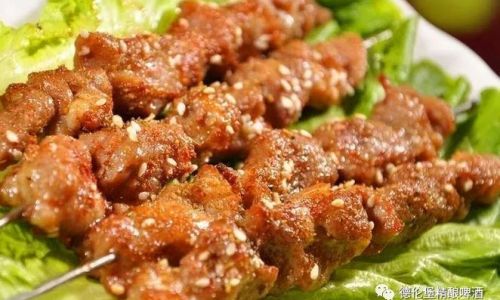
Cultural Significance and Modern Adaptations
In Chinese culture, food is deeply intertwined with seasonal rhythms. The chilled preparation of this dish aligns with the principles of yin and yang, where cold dishes are believed to cool the body during summer’s yang excess. Today, this dish transcends cultural borders, appearing on menus from Paris to New York, often with creative twists: some chefs substitute lamb with duck or tofu, while others incorporate Western herbs like mint or dill.
Health and Nutritional Considerations
Lamb, rich in protein, iron, and vitamin B12, pairs surprisingly well with the plums’ fiber and antioxidants. The dish’s low carbohydrate content makes it suitable for keto or paleo diets, though the sauce’s sugar content should be monitored by those with dietary restrictions.
Troubleshooting Common Pitfalls
- Tough Lamb: Overcooking is the primary culprit. Use a meat thermometer—target 63°C (145°F) for medium-rare.
- Bitter Sauce: Over-reducing the sauce can concentrate bitterness. Simmer gently and add water if needed.
- Lackluster Flavor: Ensure plums are fully softened before straining. Freshness of ingredients is key.
Serving Suggestions and Pairings
This dish shines as a centerpiece for summer banquets, paired with chilled white wine, light lagers, or jasmine tea. For a complete meal, serve alongside steamed jasmine rice, pickled vegetables, and a crisp cucumber salad.
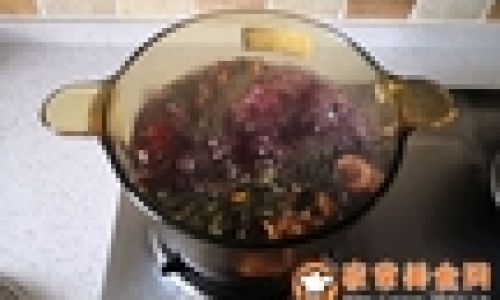
Conclusion: A Dish That Transcends Time
The “Chilled Lamb with Sour Plum Sauce” is more than a recipe—it’s a narrative woven from centuries of culinary wisdom and modern innovation. Its ability to delight the senses while honoring tradition makes it a timeless addition to any table. Whether you’re a seasoned chef or a curious home cook, this dish invites you to explore the delicate dance between fire and ice, sweet and sour, history and the present. So, gather your ingredients, embrace the alchemy of the kitchen, and savor the magic that unfolds when lamb meets plum.
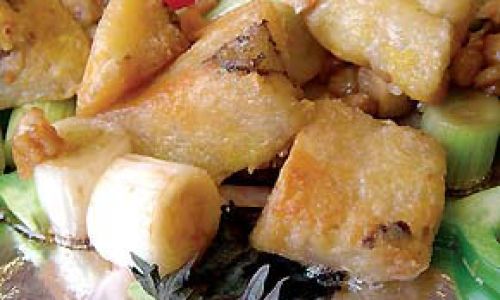
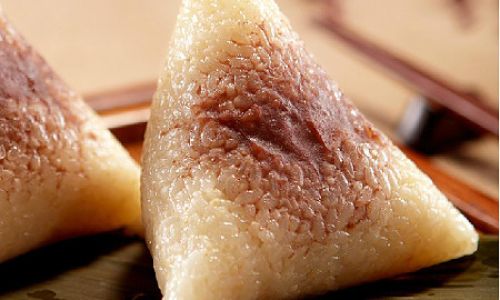
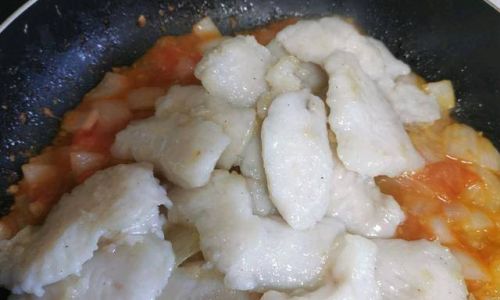
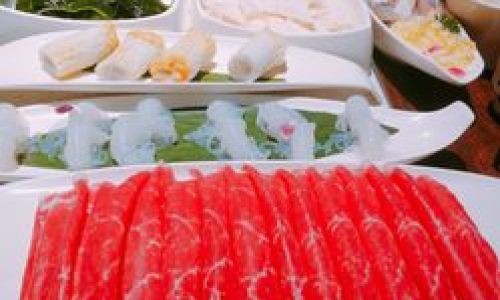
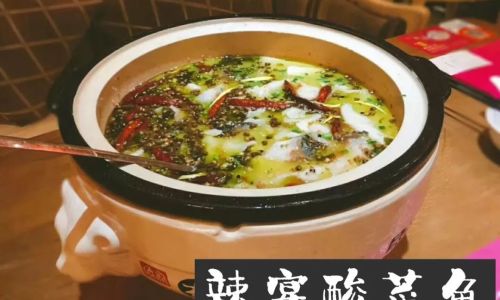
0 comments